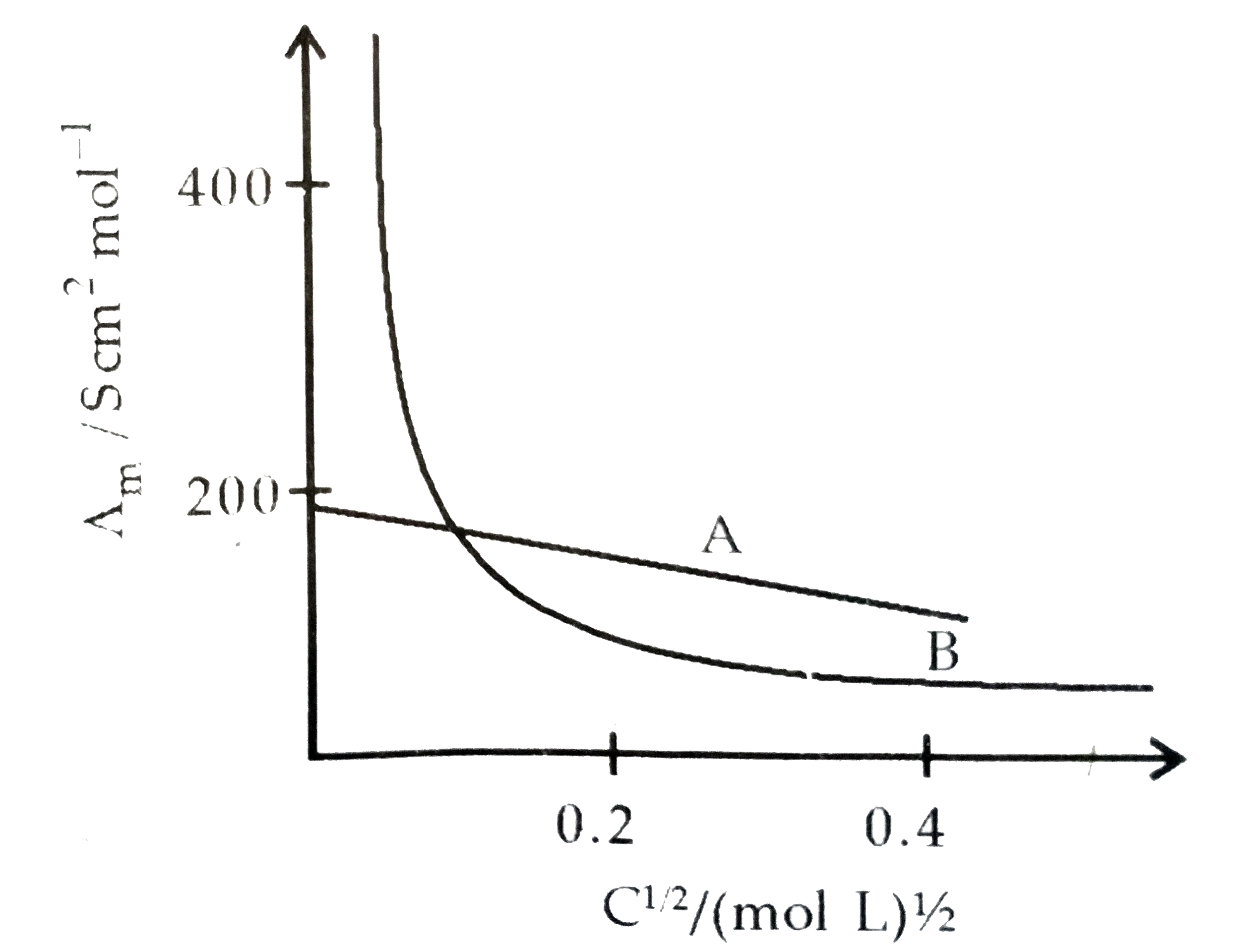How will you come to know whether the concentration of electrolyte has fallen down or not?
To determine whether the concentration of the electrolyte has fallen during the Hall-Heroult process, follow these steps:
1. Understand the Process: The Hall-Heroult process is an electrolytic method used to extract aluminum from its ore, bauxite. During this process, alumina (Al₂O₃) is dissolved in molten cryolite (Na₃AlF₆) to facilitate electrolysis.
2. Identify the Role of Electrolyte: The electrolyte, in this case, is the alumina dissolved in cryolite. The concentration of this electrolyte is crucial for the efficiency of the electrolysis process.
3. Use of Indicator Lamp: An indicator lamp is employed in the electrolysis setup. This lamp is designed to monitor the concentration of the electrolyte.
4. Monitor the Lamp: As electrolysis proceeds, the concentration of alumina in the electrolyte can decrease. The indicator lamp is calibrated to glow when the concentration of alumina falls below a certain minimum required level.
5. Interpreting the Lamp's Signal: If the lamp glows, it indicates that the concentration of the electrolyte has fallen below the acceptable threshold. Conversely, if the lamp does not glow, it suggests that the concentration is still within the required limits.
6. Take Action: If the lamp indicates low concentration, measures should be taken to replenish the alumina in the electrolyte to ensure the efficiency of the electrolysis process.
Summary:
To know if the concentration of the electrolyte has fallen, you can use an indicator lamp that glows when the concentration of alumina drops below the minimum required level.
To know if the concentration of the electrolyte has fallen, you can use an indicator lamp that glows when the concentration of alumina drops below the minimum required level.
Topper's Solved these Questions
- METALLURGYBOOK - ICSECHAPTER - METALLURGYEXERCISE - WORK SHEET-4 (FILL IN THE BLANKS)
5 Videos
- METALLURGYBOOK - ICSECHAPTER - METALLURGYEXERCISE - WORK SHEET-4 (Complete the following table : )
1 Video
- METALLURGYBOOK - ICSECHAPTER - METALLURGYEXERCISE - WORK SHEET-3 ( Fill in the blanks with appropriate words : )
5 Videos
- ELECTROLYSISBOOK - ICSECHAPTER - ELECTROLYSISEXERCISE - Assertion and Reason Based Questions
4 Videos
- MODEL PAPER -1BOOK - ICSECHAPTER - MODEL PAPER -1EXERCISE - SECTION -II
48 Videos
Similar Questions
How the concentration of electrolyte influence the stability of colloids?
View SolutionYou are provided with two aqueous solutions X and Y of equal molar concentrations . How will you test which one contains strong electrolyte and which one contains weak electrolyte ?
View SolutionHow will you test whether a given rod is made of iron or not?
View SolutionHow will you test whether a given rod is a magnet or not?
View SolutionHow will you test whether a given rod is made of iron or copper?
View SolutionYou enter a laboratory after a class has completed the Fountain Experiment. How will you be able to tell whether the gas used in the experiment was hydrogen chloride or ammonia ?
View Solution(a) A steady current of 2 amperes was passed through two electrolytic cells X and Y connected in series containing electrolytes FeSO4 and ZnSO4 until 2.8 g of Fe deposited at the cathode of cell X. How long did the current flow ? Calculate the mass of Zn deposited at the cathode of cell Y
(Molar mass : Fe= 56 g mol−1 Zn-65.3g mol−1, 1F -96500 C mol−1)
(b) In the plot of molar conductivity (∧m) vs Square root of concentration (c1/2), following curves are obtained for two electrolytes.
A and B:
Answer the following : (i) Predict the nature of electrolytes A and B. (ii) What happens on extrapolation of ∧m to concentration approaching zero for electrolytes A and B ?

View SolutionHow would you know whether a redox reaction is taking place in an acidic / alkaline or neutral medium?
View SolutionHow can you check whether the electric potential in a given region of space has constant value ?
View SolutionThe following curve is obtained when molar conductivity (∧m) is plotted against the square root of concentration, c1/2 for two electrolytes A and B
(a) How do you account for the increase in the molar conductivity of the electrolyte A on dilution.

(b) As seen from the graph, the value of limiting molar conductivity (∧0m) for electrolyte B cannot be obtained graphically. How can this value be obtained?1
View Solution